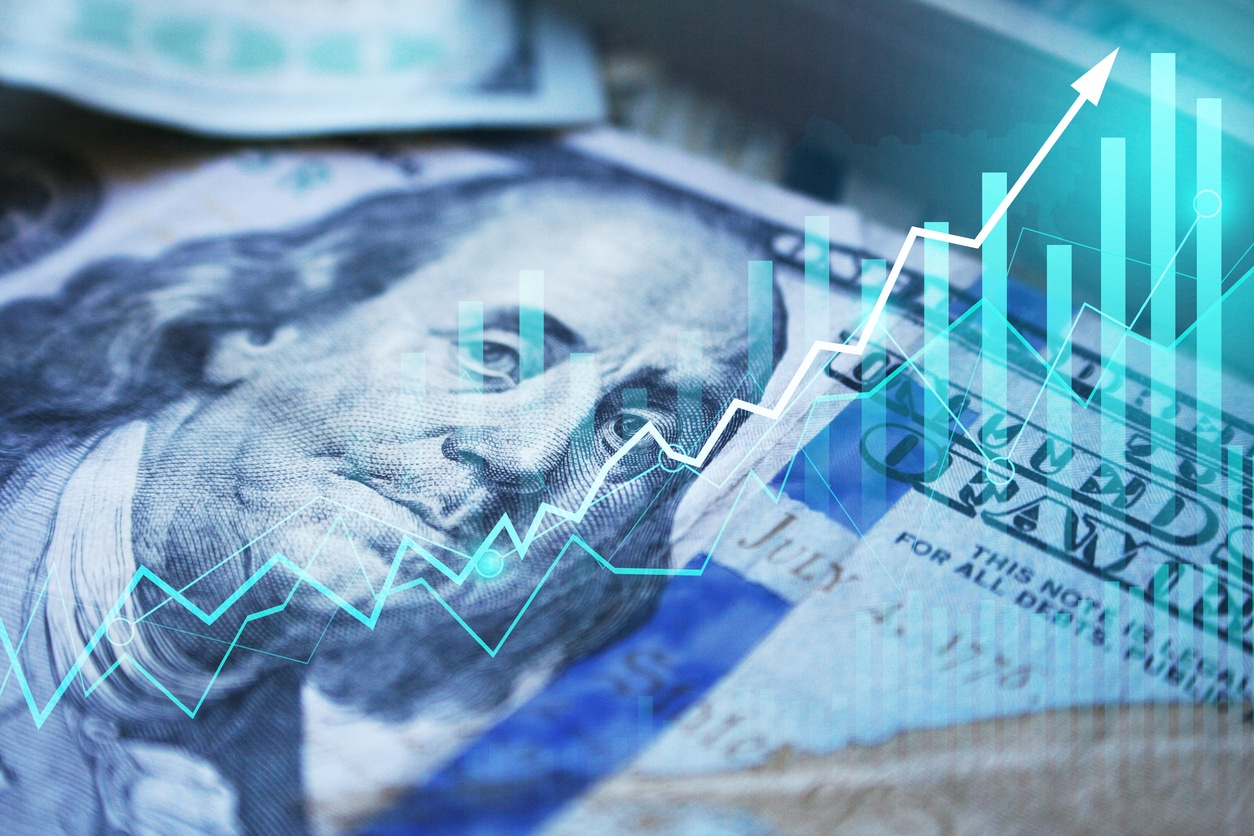U.S. insurers have paid more than their counterparts worldwide to repair and rebuild damaged properties and vehicles due to inflation since 2018, according to an executive briefing conducted on behalf of the International Insurance Society (IIS).
Inflation and Insurance Replacement Costs was developed by the Insurance Information Institute (Triple-I) and analyzes the relationship between overall inflation and insurance replacement costs for property and casualty (P&C) insurers in six of the world’s largest insurance markets between 2018 and 2022: Canada, the European Union (E.U.), Japan, Korea, the United Kingdom (U.K.), and the United States (U.S.). P&C insurers offer auto, home, and business coverage. Both the IIS and Triple-I are affiliates of The Institutes.
Within this five-year timeframe, the U.S. experienced the highest cumulative inflation rate (20.7 percent), followed by the E.U. (20.3 percent), the U.K. (17.7 percent), Canada (17 percent), Korea (11.9 percent), and Japan (3.3 percent), the analysis found. The U.S. also saw the highest cumulative inflation rate increase for insurance replacement costs (30.4 percent) between 2018 and 2022, Triple-I determined.
“Quantifying the relationship between inflation and insurance replacement costs across national and regional P&C/Non-Life insurance markets can provide an additional framework to maximize insurance capital allocation, including reinsurance capacity, by seeking uncorrelated underlying economic fundamentals and insurance performance metrics,” writes Michel Léonard, Ph.D., CBE, chief economist and data scientist, Triple-I, in the executive briefing. “Further, separating correlated and uncorrelated line-specific insurance replacement costs drivers can increase the ability to forecast line-specific performance metrics and provide added guidance to industry stakeholders, including regulators, seeking to maximize liquidity and solvency during times of economic stress such as the high inflation that characterized the COVID-19 pandemic and its aftermath.”
“This International Insurance Society executive briefing is one in a series from experts such as Dr. Léonard on issues that reflect the priorities across the global industry” said Josh Landau, president, IIS. “These briefings provide valuable analyses that help inform decisions and shape solutions for insurers worldwide.”
The executive briefing on Inflation and Insurance Replacement Costs offers insights into residential and commercial property insurance trends as well as those being seen by personal and commercial auto insurers.
“Cumulative increases in property replacement costs were higher than overall inflation in the U.S., Canada and Japan,” Dr. Léonard wrote. “Conversely, overall inflation was higher than increases in property replacement costs in the U.K., the E.U. and Korea.” The U.S., Canada, the U.K. and E.U. show different degrees of correlation with one another, the executive briefing states. Japan and Korea show no correlation with each other, or any of the other countries, the briefing reports.
“Cumulative increases in auto replacement costs were higher than overall inflation in the U.S., the U.K., Canada, and Japan. Conversely, overall inflation was higher in the E.U., while Korea saw auto replacement costs increase less than overall inflation,” Riley Conlon, research analyst and data scientist, Triple-I, added.
Triple-I gathered economic data for each of the six insurance markets from national statistical reporting agencies to offer greater consistency across geographic boundaries.












